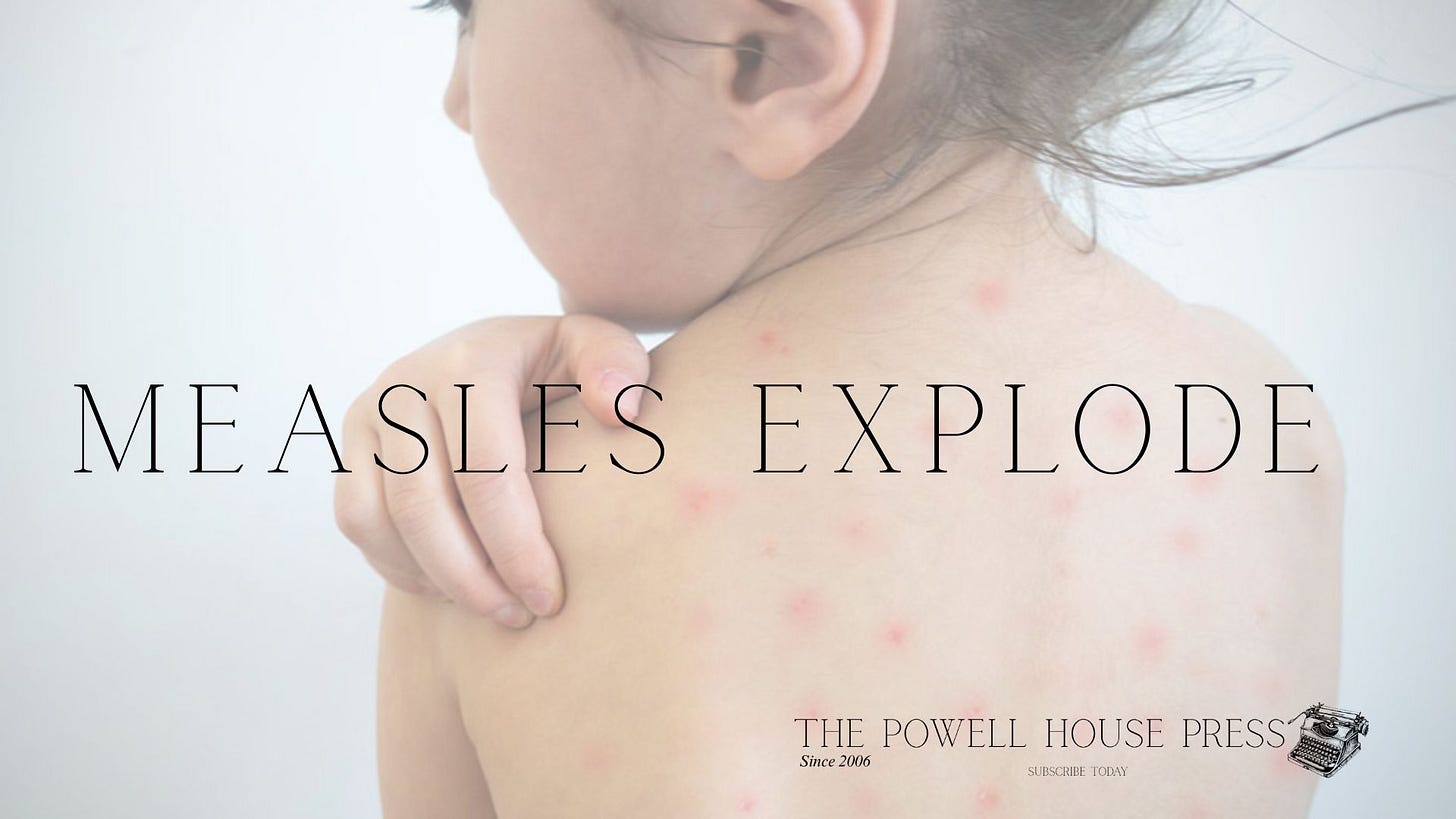America’s Measles Crisis: How Staffing Cuts and Weakened Surveillance Are Hiding the True Scale of the Outbreak
And Remember...it is only October. Peak transmission is winter and early spring.
This article originally appeared in Powell’s Linkedin Newsletter. You can connect with Josh on Linkedin here.




